Paso Robles is a wine jewel of the central Californian coast, home to more than 200 labels. The region is often associated with Sideways, the dark comedy about love, infidelity, and overindulgence. But it’s a multi-faceted destination, picturesque with its olive groves and sunbaked hillsides and flourishing viticulturally, as it’s among the fastest-growing wine regions in the country.
A bit north of San Luis Obispo about 25 miles from the Pacific, Paso Robles boasts some 40,000 planted acres of vineyards that produce 60 grape varieties. It’s a fairly convenient road trip for big-city dwellers, set about halfway between Los Angeles and San Francisco. Presently, eleven distinct sub-appellations reside within Paso Robles wine country, differentiated by elevation, climate, soils, etc., meaning there’s a lot of variety here, both in terms of wines and geography.
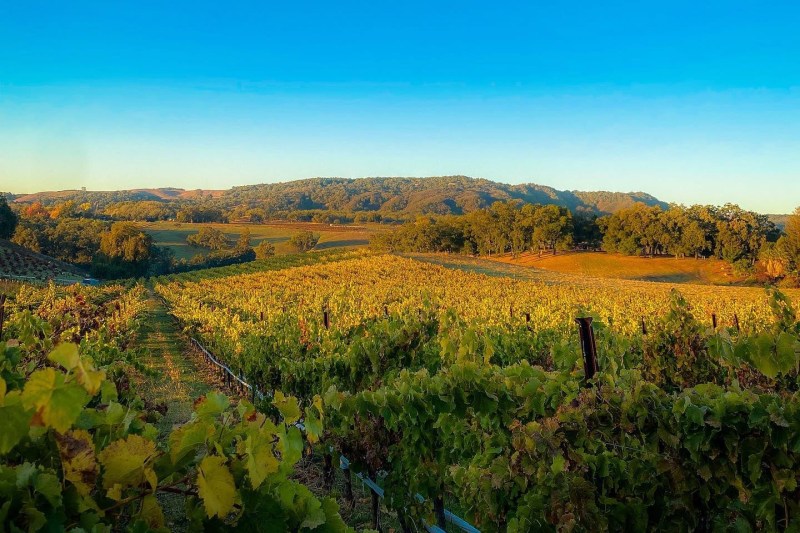
Fans of Cabernet Sauvignon and other Bordeaux grapes have much to like about Paso. But there’s depth to what’s planted, with rows of everything from Pinot Noir and Sauvignon Blanc to Merlot and Zinfandel.
Here are the wineries to seek out in Paso Robles, along with some tips on where to eat and stay.
Law Estate
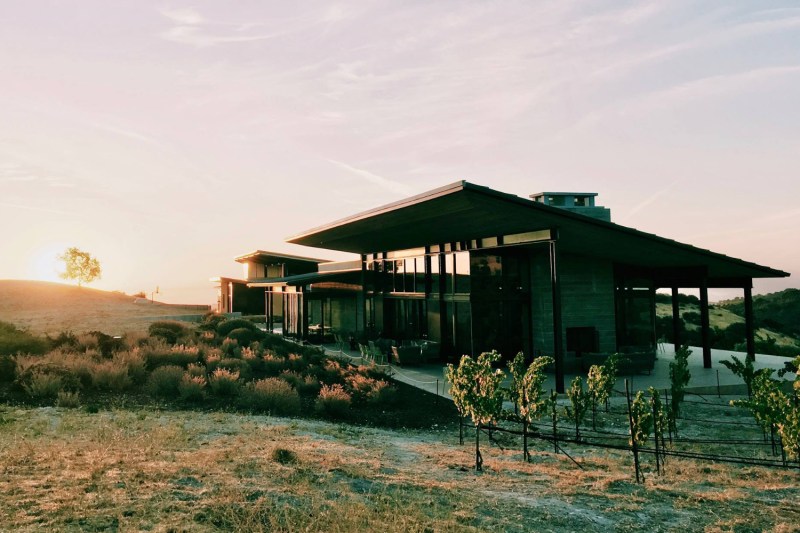
Rhone varietals thrive in Paso Robles too and that’s pretty much Law Estate’s calling card. The wines are almost entirely red blends, deftly assembled and resonating in the glass (although it’s worth inquiring about the occasional small-production pink or white offering). The tasting room is a lovely piece of architecture with tremendous views and there’s even a guest cottage if you can’t get yourself to leave.
Patrimony Estate
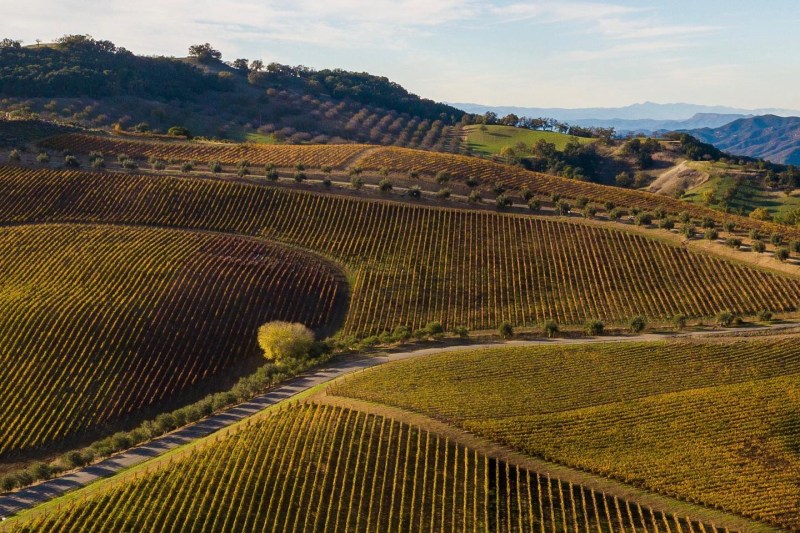
Set in the Bordeaux-friendly Adelaida District of Paso, Patrimony is the work of the acclaimed Daou brothers. These are the steak wines of kings, including single varietal Cabernet Sauvignon and Cab Franc along with some solid blends. The wines are produced with care and patience, with a turnaround time that averages almost three years from harvest to being available in the bottle. That tends to yield all kinds of depth and complexity in the glass.
J. Lohr
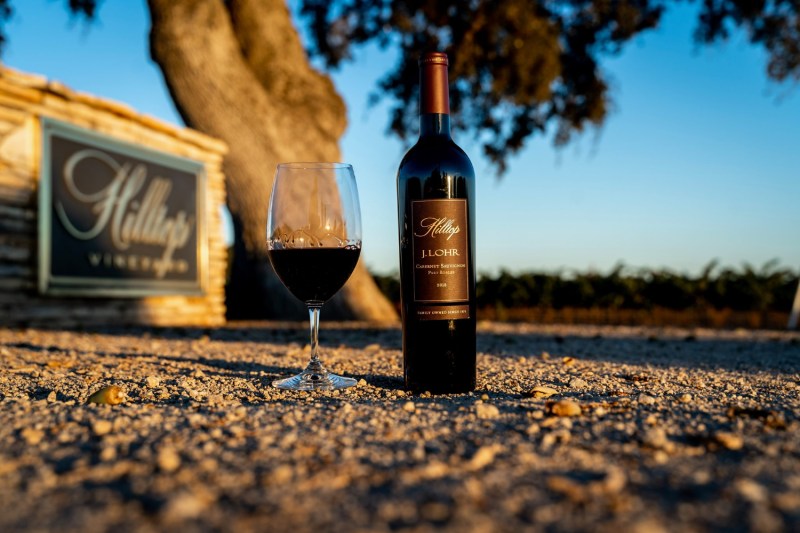
Drop the name J. Lohr and you’ll get gleaming comments from consumers and industry types alike. The label has been a role model in the central California wine circuit for some time, launched in 1971, and still family-owned and operated. Beyond the great wines, of which there are many (including some nice Sauvignon Blanc and Pinot Blanc), the label has always prized sustainability and corporate responsibility, excellent additional reasons to visit the estate.
Field Recordings
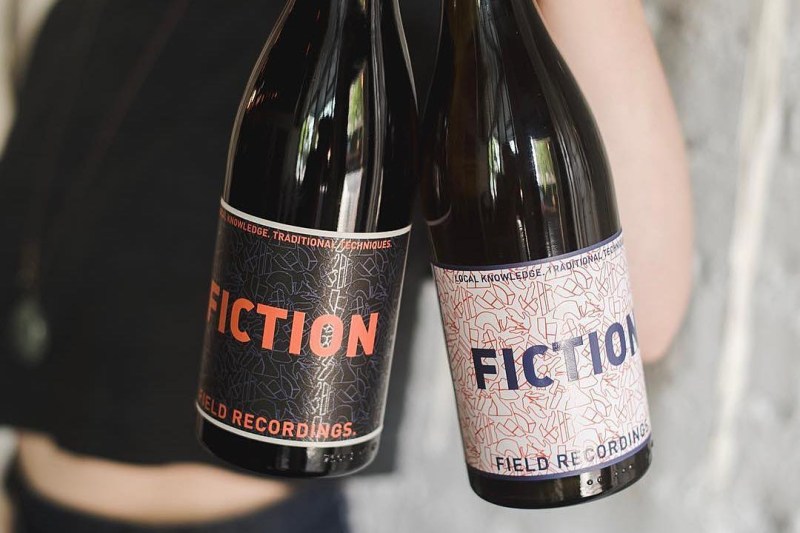
This label is the work of intrepid winemaker Andrew Jones, known to make unique wines from under-appreciated or lesser-known sites. Field Recordings makes some interesting red blends, Pinot Noir, Nebbiolo, Chenin Blanc, even orange wine, among others. The tasting room is open daily, next to Franklin Hot Springs, and even hosts live music and weekend evening events, fit with house-made wine along with beer.
Tablas Creek Vineyard
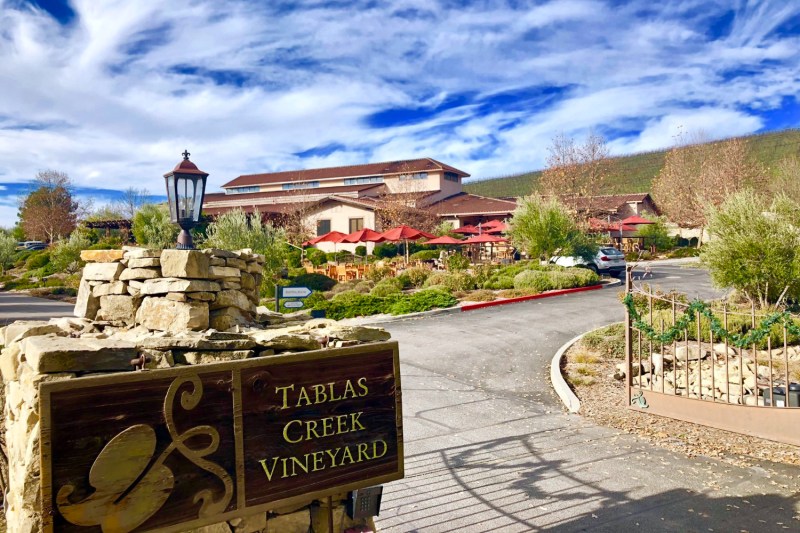
Another standby, Tablas Creek started in the 1980s and has been putting Paso on the map ever since. It’s a lauded winery, the result of a partnership between two iconic families from America and France, which tends to follow the blending etiquette of the famed Châteauneuf-du-Pape region. That means wines with character—finesse, minerality, freshness, and lasting power. Visitors can enjoy lovely Rhone blends (think GSM) along with single varietals like Pinot Noir, Tannat, Vermentino, and many others at the estate in the comfy heated patio overlooking resident vineyard rows.
Beyond Wine
While you should focus on wine while here, there are many other worthwhile activities too. Where there’s good wine, there’s almost always good food. Il Cortile specializes in handmade pasta and exquisite Italian fare. La Cosecha is a great stop for a cocktail or Latin-inspired food while Thomas Hill Organics celebrates area wines with local and farm-fresh cuisine that’s carefully prepared to enhance what’s in the glass. Beer fans must drop by Firestone Walker for a tour and a pint or two in the taproom.
If you’re planning an extended stay, check out the intimate and boutique accommodations at places like The Piccolo and Hotel Cheval. For more of a farmhouse visit in the heart of wine country, check out the Summerwood Inn. It features nine well-appointed rooms and a farm-to-table breakfast, along with full concierge service.
To relive the glory of Sideways, get a table at the iconic Hitching Post II in Buellton. It’s a 90-mile drive, but a pretty one, and the destination offers a tremendous wine list alongside some great grilled meats.


